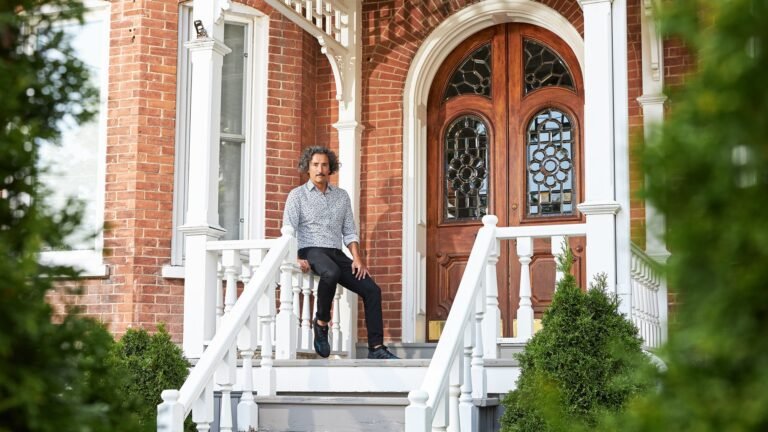The Moon-Viewing Bridge / HWCA Huai-Wen Chang Architect
The Moon-Viewing Bridge / HWCA Huai-Wen Chang Architect


Text description provided by the architects. In the old days, the small “Zhuxi” river in Tainan’s Southern District was also known as “Moonviewing Creek”, thus lending the newly completed Yuejian-Bridge its name. The “Moon-Viewing Bridge” (Yuejian-Bridge) is part of the overall landscape improvement plan around the Zhuxi Basin in the Southern district. This project also includes the Zhuxi sewage interception, water purification as well as complete landscape reconstruction and renaturation on both sides of the bank.



The “Yuejian Bridge” is located at the widening of the river in the center of Zhuxi Riverside Park. Slightly curved like a crescent moon, the “Moon-Viewing Bridge” connects the two linear green corridors on both sides of the riverbank. The corpus of the bridge was designed as a hybrid steel-wood structure. It takes the natural character of bamboo as its main design concept: Light, easily bending in the wind, yet extremely sturdy.


The bridge is made up of an upper steel-chord structure and cross-laminated timber (“CLT”) wooden beams, with a lower chord structure and a stainless-steel secondary support structure. The total span of the bridge body is about 80 meters. Due to the requirements of water passage below the bridge, no columns were allowed under the bridge. The design was further inspired by restrictions on the location of the two connection points on both sides of the riverbank. This led to the idea of a crescent-shaped bridge: The small, curved bridge (“quqiao”) over the moon-viewing creek (“wangyue”) is itself shaped like a crescent moon.

The joints on the bridge are slightly curved (“qu”). Each component has a different morphological shape, defined by its function. The wooden beams of the bridge are laser-cut into shape, functioning as a showcase for the variability and workability of the traditional building material wood.


The “Moon-Viewing Bridge” connects the two different city districts on both sides of the riverbank. At the same time, it continues the long tradition of wood being used as a building material in Taiwan’s ancient capital city Tainan. The ever-changing day and nighttime scenery viewed from on top of the bridge, combined with the lightweight wooden design of the curved structure itself have given Zhuxi Riverside Park an added dimension of poetic depth and connection to nature as well as local traditions.








